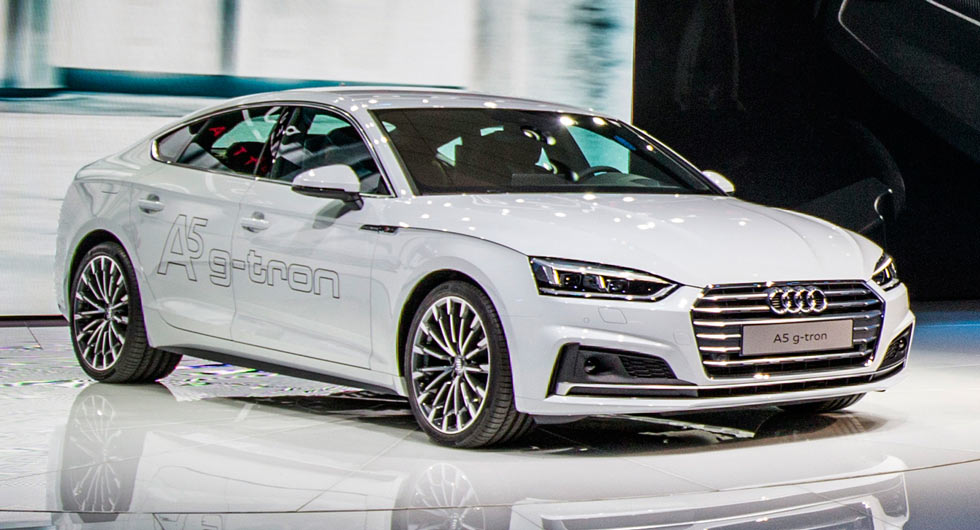Besides the show-stealing RS5 Coupe, Audi brought along its g-tron models totheir stand in Geneva.
The fuel is said to be produced using renewable energy from water and CO2, or from organic residual materials such as straw and plant clippings, helping g-tron models to cut emissions by 8- percent, compared to a gasoline-powered car in the same performance class.
Moreover, those ordering the A3 Sportback g-tron by May 31, 2018, will get access to a supply of this fuel for three years, as part of the standard package, and instead of a fuel card used as the accounting tool, customers will get a document that affirms their vehicles will be supplied with e-gas.
“This offer is our next step in climate-neutral, long distance mobility. Our promise to the customers is: no compromises. The g-tron models are sporty, sophisticated, and progressive – like every Audi. And with Audi e-gas, they are also very climate-friendly on the road“, said Audi’s Member of the Board of Management for Sales and Marketing, Dietmar Voggenreiter.
Created using several processes in a number of European countries, including Germany, by the automaker and its partners, the e-gas, which is basically a synthetic methane, is fed into the European natural gas grid, thus replacing the amount of natural gas that g-tron cars consume, in the NEDC.
Audi’s g-tron family will expand this year with the addition of two new vehicles: the A4 Avant and A5 Sportback. Set to launch in early summer, both of them will be powered by a 2.0-liter TFSI engine, rated at 170 PS (168 HP) and 270 Nm (199 lb-ft) of torque, and will have four gas tanks, with a total capacity of 19 kg (41.9 lb), and a 25-liter (6.6 US gal) gasoline tank.
Driving in pure CNG mode will allow for a range of up to 500 km (311 miles), while using both fuels will increase it up to 950 km (590 miles).






































